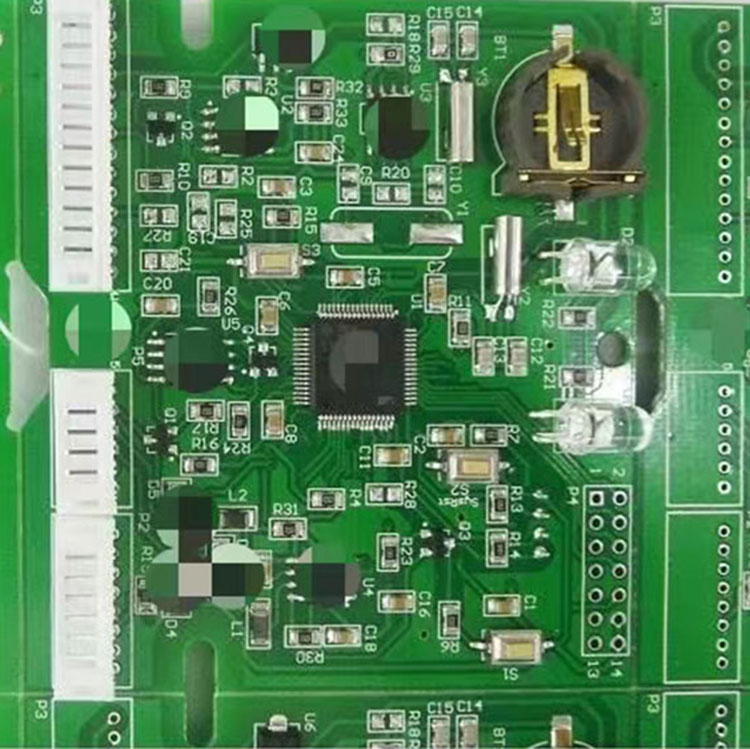
Hayner PCB Technology Co., Ltd. is a trusted leader in the production of high-quality PCB assemblies. Their commitment to excellence and customer satisfaction has helped position them as a top-tier provider of PCB assembly services. If you would like to learn more or request a quote, please send an email to sales2@hnl-electronic.com.
1. Engelmann, T., & Griffin, M. (2018). Virtual Reality in Education: A Tool for Learning in the Experience Age? Journal of Marketing Education, 40(3), 137-146.
2. Pellas, N., & Kazanidis, I. (2019). Role of Virtual and Augmented Reality in the Field of Education. Journal of Educational Computing Research, 56(8), 1329-1349.
3. Hinojosa, J. E., & Resnik, L. (2020). Augmented Reality in the Classroom: A Review of the Impact on Learning Outcomes. Journal of Educational Technology & Society, 23(1), 1-10.
4. Kim, S. H., Kim, H. K., Seo, W. S., & Han, J. (2018). A Study of the Effect of Augmented Reality Content on Learning Achievement - The Focused on Learning Motivation and Cognitive Load. Journal of Educational Technology & Society, 21(1), 122-134.
5. López-Fernández, O., & Rodríguez-Fórtiz, M. J. (2019). Gamification and Augmented Reality Applied to the Development of Critical Thinking in Science Education. Computers & Education, 140, 103606.
6. Lozano, R., & Avello, M. (2020). Analysis of the Reported Impact of Augmented Reality on Education. IEEE Access, 8, 8566-8578.
7. Akçayır, M., & Akçayır, G. (2017). Advantages and Challenges Associated with augmented reality for Education: A Systematic Review of the Literature. Educational Research Review, 20, 1-11.
8. Johansson, E., & Söderberg, J. (2018). How Augmented Reality and Mobile Devices Can Affect Sustainable Knowledge Processes in Science Education. International Journal of Mobile and Blended Learning (IJMBL), 10(2), 43-58.
9. Fombona, J., Pascual-Sevillano, M. Á., & González-Videgaray, M. (2019). Improving Educational Quality in Higher Education: Augmented Reality Applied to Technical Drawing. International Journal of Interactive Mobile Technologies, 13(3), 85-95.
10. Akçayır, M., & Akçayır, G. (2018). The Use of Augmented Reality in Science Education: A Review of the Literature. Journal of Computer Education, 5(1), 23-37.
